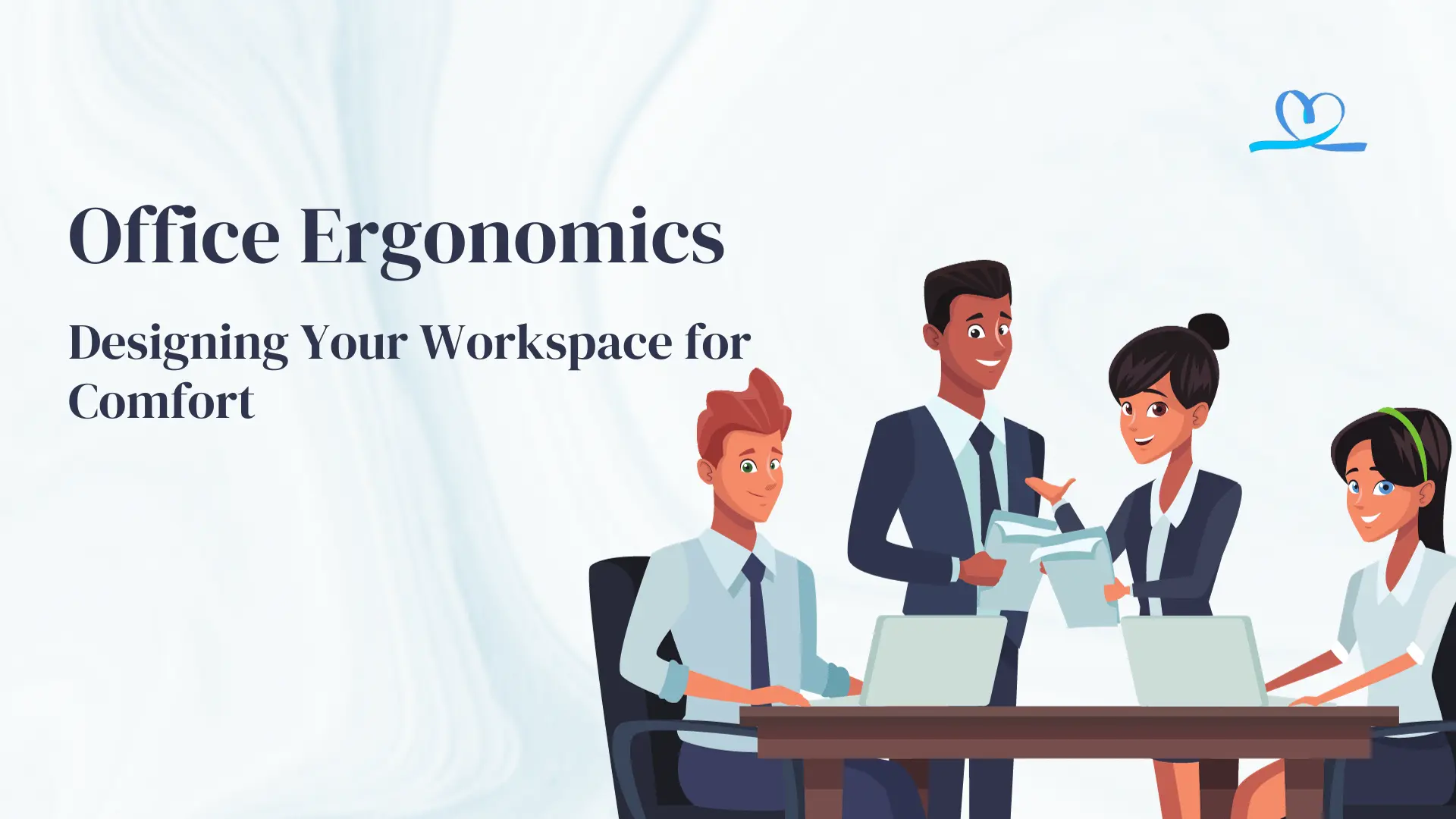Office Ergonomics
The technical term “ergonomics” simply denotes the disciplined approach to crafting workspaces for maximum comfort, efficiency, and safety, with the added benefit of reducing the likelihood of discomfort or injury.
Office Ergonomics: Unveiling Its Impact on Musculoskeletal Disorders and Workplace Wellness
Repetitive actions, unusual postures, excessive weight handling, forced pushing, or sustained carrying can result in injuries. The wrist, elbow, shoulder, neck, and upper and lower back are key components of muscular issues. Insufficient ergonomics in sitting and standing can increase the likelihood of musculoskeletal issues, such as LBP, due to incorrect posture and uneven spinal pressure. The defining feature of musculoskeletal conditions is the persistent experience of discomfort, impairment, and pain.
A sample of work-related musculoskeletal issues is shown.
- Eye Strain
- Neck Pain
- Disc herniation: Between the vertebrae, discs can slip or break apart, leading to pain and suffering.
- Rotator Cuff Injuries: A cluster of tendons and muscles in the shoulder is vulnerable to inflammation or tearing, resulting in painful limitations to motion.
- Forward Flex Posture
- Rounded flexed spine
- The compression of the median nerve leads to distressing sensations in the hand’s second, third, and fourth fingers.
- Trigger Finger: A Locked-In Feeling with your fingers, an indication of bent finger syndrome
- Tendon inflammation around the elbow causes pain and restricts movement.
- Dequrvein Disorder
- The compression of arteries, veins, and nerves in the lower neck and upper chest regions is what defines thoracic outlet syndrome.
- Tendonitis (inflammation of the tendon)
How can musculoskeletal disorders be reduced?
Introduction to Machines
Mechanization, or the introduction of machines into the workplace to replace human labor, is one way of reducing work-related musculoskeletal illnesses. Where industrialization is not possible, additional measures can be implemented.
Rotation or Alteration in Jobs
One possible approach is job alternation or rotation, which enables the workers to keep rotating at different tasks for fixed and irregular periods. It helps to relax already-strained muscles and engage new muscles or groups of muscles.
Awareness and training:
Ergonomic training grants individuals the insight to detect risk factors and instigate informed alterations to their workspace and activities and training.
Customization
Everyone’s body is unique. Ergonomics-driven workstation customization guarantees an ideal adaptation to individual requirements, encompassing elements such as height, reach, and body structure.”
Factors Affecting Workplace Design:
The most important factor in reducing work-related muscular disorders is designing and evaluating the workplace.
Improper workplaces cause ergonomic hazards, which include:
- Poor sitting posture
- Poor Lifting
- Temperature Extremes
- Inadequate Light
- Mechanical Compression/Vibration
An adjustable work environment is essential to encourage good posture and a neutral spine. Organizations should arrange adjustable chairs and desks to help employees change their desks and chairs to varying heights and positions according to their height and position.
Optimal distance:
Adjustment measures should be taken to maintain a proper distance between employees and their laptops or computers.
- The computer top should be at eye level.
- Chair height should be adjusted to enable the hand to be perpendicular while typing.
- Adjust your chair so that the foot position is flat, or use the footrest.
- The wrist should be neutral so that extreme motion can be avoided.
- Forward bending of the neck for a prolonged period should be avoided while typing or writing any document.
- Change your position to avoid a static situation that may lead to spasms or muscle fatigue.
- The viewing distance between the employee and the monitor should be 18–30 cm.
- Take short breaks of a few minutes to stretch your wrist and shoulder muscles.
How to Design a Workstation
- The workstation ensures a proper seat with a proper backrest, footrest, and straight wrist. The chair should easily be adjusted.
- The tilt of the keyboard table should be adjustable.
- The workstation should have enough space for writing activities.
- Knees and feet have sufficient space.
- Screen glare should be avoided.
- The monitor has adjustable settings for brightness and contrast.
Read More about Office ergonomics checklist



